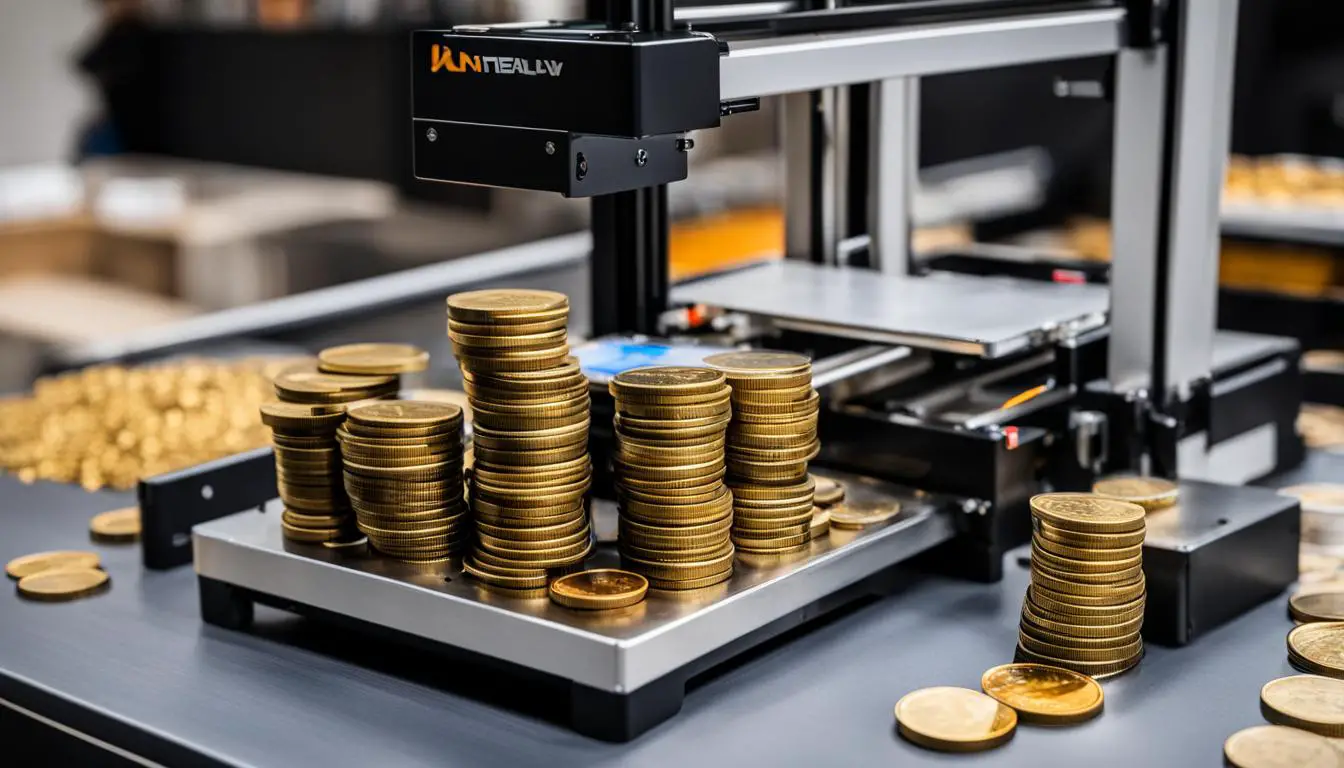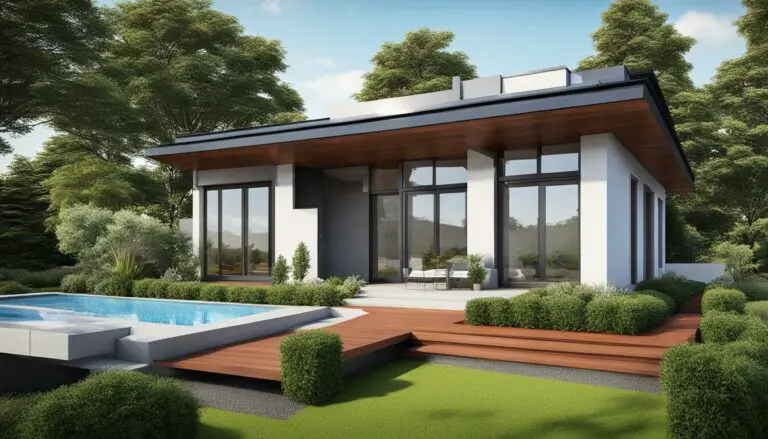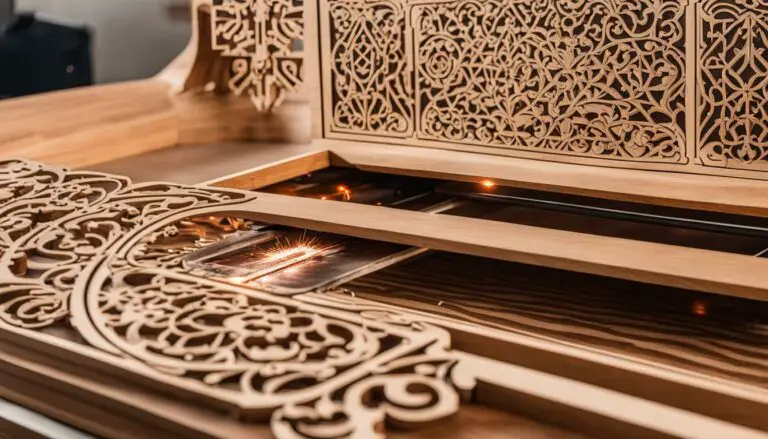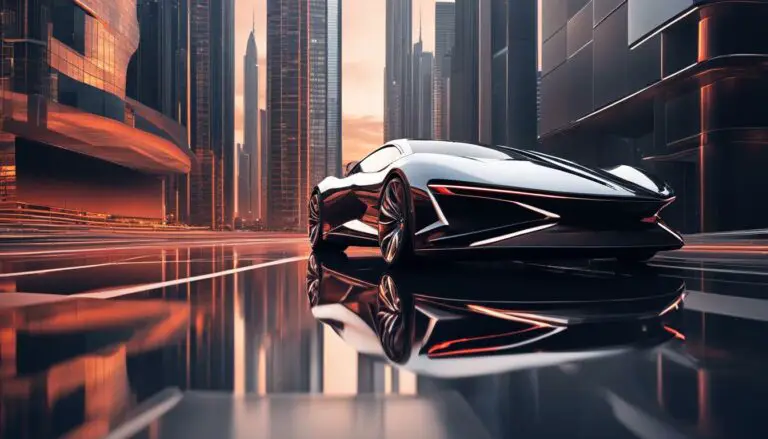Understanding Metal 3D Printers Cost – An Essential Guide for You
Originally posted on November 17, 2023 @ 1:32 pm
We are pleased to present our extensive manual for comprehending the expenses of metal 3D printers. Whether you are a seasoned professional or just interested in the realm of 3D printing, this guide offers valuable information on the various factors that impact the cost of metal 3D printers. Let us delve into the world of metal 3D printing costs.
Key Takeaways
- Metal 3D printer costs vary based on factors such as raw material selection and printing technology.
- Raw material costs play a significant role in determining metal 3D printer prices.
- Part size and complexity, as well as the chosen printing technology, also affect the overall cost of metal 3D printing.
- Metal 3D printing offers numerous benefits, including the ability to create complex geometries and lightweight structures.
- However, metal 3D printing comes with limitations such as higher costs compared to traditional manufacturing methods and challenges in scaling for large volumes.
Factors Affecting Metal 3D Printing Prices
When considering metal 3D printing, cost is a crucial factor to consider. While the technology offers numerous benefits, including the ability to create complex geometries and lightweight structures, it’s important to understand the factors that can affect the price of metal 3D printing.
One of the key factors is the size and complexity of the part being printed. More complex and larger parts require more time and materials, which can increase the overall cost. Additionally, different metal 3D printing processes have varying costs. For example, technologies like direct metal laser sintering (DMLS) or selective laser melting (SLM) are more efficient for parts with high geometric complexity. On the other hand, binder jetting is a cost-effective option for small to medium-sized batches.
Another important consideration is the choice of metal powder. The cost of raw materials can vary significantly depending on the type of metal used. Some metals, like titanium alloys, can be particularly expensive. However, there are also affordable options available, such as metal wire-based printers, which have lower material costs compared to powder-based printers.
“Metal 3D printing costs can vary based on factors such as raw material selection, part size and complexity, and the chosen printing technology.”
It’s worth noting that the upfront cost of metal 3D printing can be higher compared to traditional manufacturing methods. However, it’s important to conduct a cost vs performance analysis to determine if the benefits of metal 3D printing outweigh the initial investment. In some cases, the increased performance or operational efficiency that metal 3D printing offers can justify the higher cost.
| Factors | Affected Cost |
|---|---|
| Part size and complexity | Higher cost for larger and more complex parts due to increased time and material usage |
| Printing technology | Varying costs depending on the chosen metal 3D printing process |
| Choice of metal powder | Cost variations based on the type of metal used |
By considering these factors and conducting a thorough analysis, you can make an informed decision about the affordability and cost-effectiveness of metal 3D printing for your specific needs.
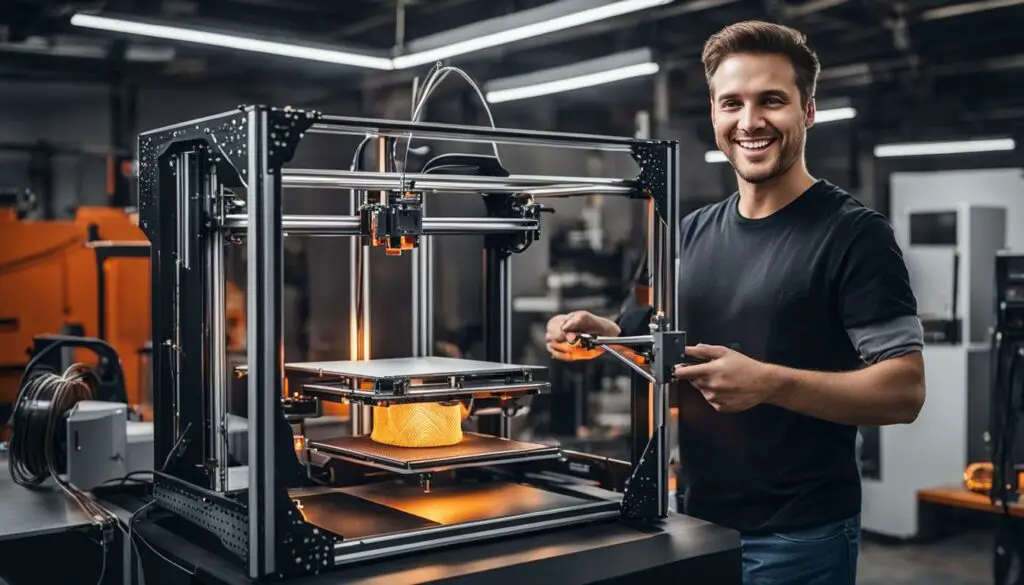
Benefits and Limitations of Metal 3D Printing
Metal 3D printing offers several benefits compared to traditional manufacturing methods. One of the key advantages is the ability to create complex and optimized geometries without incurring additional costs. With metal 3D printing, you can design and produce intricate shapes that would be challenging or even impossible to manufacture using traditional methods. This opens up new possibilities for industries such as aviation, aerospace, and automotive, where lightweight and structurally efficient components are crucial.
Another advantage of metal 3D printing is the ability to integrate multiple parts into a single component. By consolidating assemblies, you can reduce the number of fasteners and simplify the manufacturing supply chain. This not only saves time and money but also improves the overall performance and reliability of the final product.
Table: Benefits of Metal 3D Printing
| Benefit | Description |
|---|---|
| Complex Geometries | Metal 3D printing allows for the creation of intricate and optimized shapes. |
| Lightweight Structures | By using topology optimization, metal 3D printing can produce lightweight structures without compromising strength. |
| Integration of Assemblies | Multiple parts can be combined into a single component, reducing the need for fasteners and simplifying the supply chain. |
However, metal 3D printing does have its limitations. One of the main challenges is the high cost compared to traditional manufacturing methods. The raw materials used in metal 3D printing can be expensive, and the process itself requires specialized equipment and expertise. Additionally, post-processing is often necessary to achieve the desired surface finish and mechanical properties, which adds to the overall cost and lead time.
Furthermore, metal 3D printing may not be suitable for large-volume production due to limitations in build size and print speed. Scaling up the process can be challenging and may result in higher costs and longer production times. It’s important to consider these factors when deciding whether metal 3D printing is the right choice for your specific application.
Metal Powder Bed Fusion 3D Printing
Metal powder bed fusion is a widely used method for metal 3D printing. This process involves using a high-powered laser to sinter metal powder into a solid structure. Metal powder bed fusion printers can vary greatly in cost, ranging from affordable options starting at $5,000 to high-end industrial machines priced over $1 million.
When comparing metal 3D printer prices, it’s essential to consider the overall cost of metal 3D printing services. The complexity of the part and the chosen material can significantly impact the cost. In some cases, in-house 3D printing can be a more cost-effective solution, especially for smaller quantities. It involves a one-time machine cost and recurring material costs, making it a viable option for businesses looking to control their expenses.
To further understand the cost breakdown of metal 3D printing, let’s take a look at a comparison table detailing the different aspects:
| Factors | Cost Considerations |
|---|---|
| Raw Material | The cost of metal powders can vary based on the type of metal and its purity requirements. Advanced titanium alloys like Nitinol can be expensive, while some 3D printing technologies have cheaper raw material costs. |
| Part Size and Complexity | Larger and more complex parts require more time and materials to print, which can increase the cost. |
| Printing Technology | Different metal 3D printing processes have varying costs. Technologies like DMLS/SLM are efficient for complex parts, while binder jetting is suitable for small to medium-sized batches. |
| Post-Processing | Most metal 3D printed parts require post-processing, which adds to the overall cost and delivery time. |
By understanding the factors that influence the cost of metal 3D printing, it becomes easier to compare options and make informed decisions based on your specific needs and budget.
Conclusion
Metal 3D printing offers a range of possibilities, but it’s important to consider the cost implications before diving in. The price of metal 3D printing can vary depending on factors such as raw material selection, part size and complexity, and the chosen printing technology.
While metal 3D printing allows for the creation of complex geometries, lightweight structures, and enhanced part functionality, it does come with certain limitations. One of the main drawbacks is the higher cost compared to traditional manufacturing methods. Additionally, scaling up for large volumes can be challenging, and post-processing is often required for metal 3D printed parts, adding to the overall cost and delivery time.
However, with affordable options available in the market, metal 3D printing can still be a valuable investment for companies looking to enhance their manufacturing capabilities. By carefully evaluating the cost and business impact, you can determine if metal 3D printing is the right choice for your needs. Keep in mind that in-house 3D printing can often be more cost-effective, especially for smaller quantities.
Remember, the cheapest metal 3D printer might not always be the best option. Consider the total cost of ownership, including materials, maintenance, and support, along with the desired capabilities and long-term goals of your business. By weighing these factors, you can make an informed decision and leverage the benefits of metal 3D printing while managing the costs effectively.
FAQ
What factors affect the cost of metal 3D printing?
The cost of metal 3D printing can be influenced by factors such as raw material selection, part size and complexity, and the chosen printing technology.
What are the benefits of metal 3D printing?
Metal 3D printing offers advantages such as the ability to create complex geometries, produce lightweight structures, and consolidate multiple assemblies into a single part.
What are the limitations of metal 3D printing?
Metal 3D printing can be more costly than traditional manufacturing methods, faces challenges in scaling for large volumes, and requires post-processing for finishing.
How much does a metal powder bed fusion printer cost?
The cost of metal powder bed fusion printers can range from $5,000 to over $1 million, with the average cost of an SLS or SLM printer being around $550,000.
Is in-house metal 3D printing cost-effective?
In-house metal 3D printing can often be more cost-effective, especially for smaller quantities, as it involves a one-time machine cost and recurring material costs.

